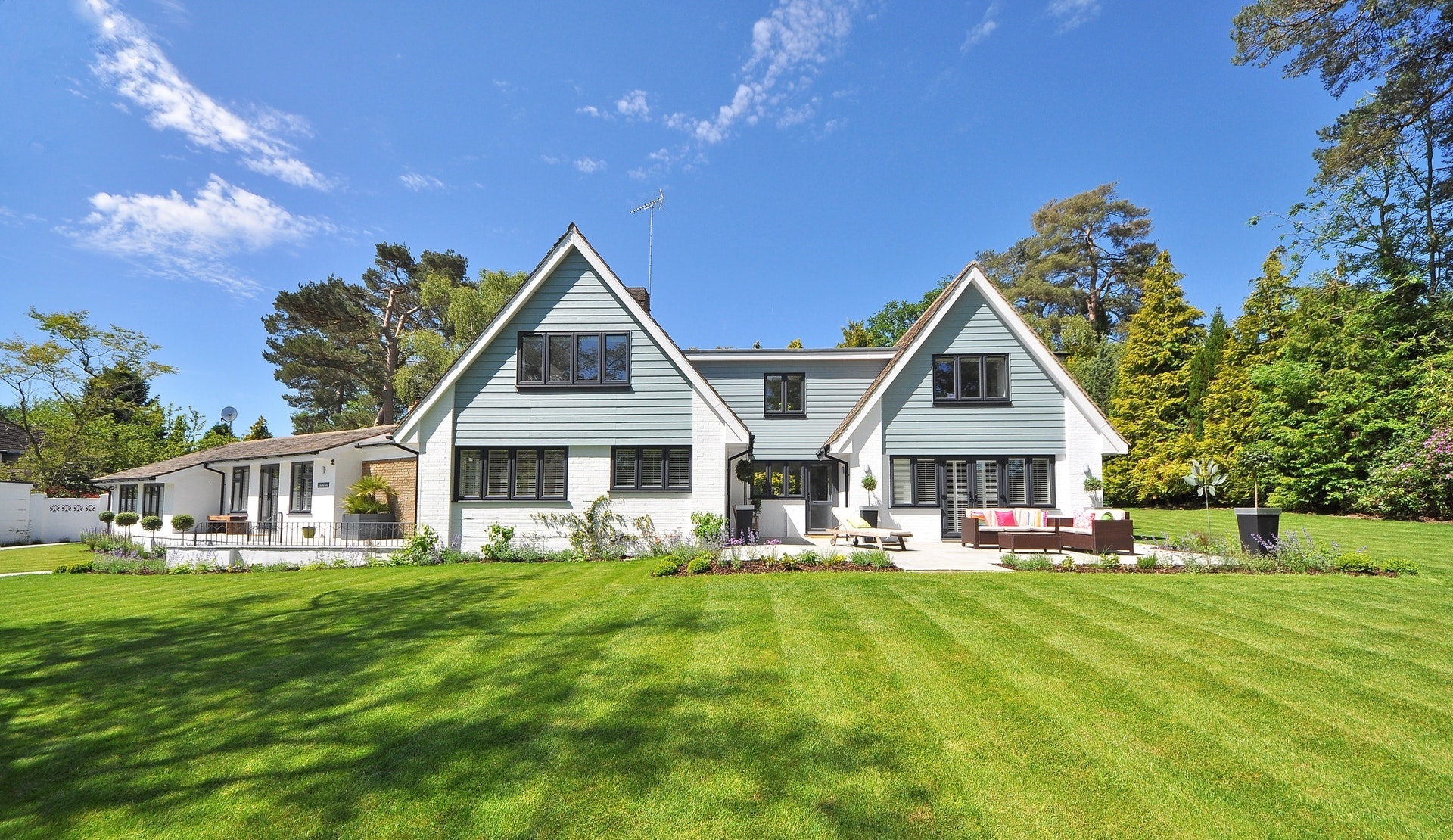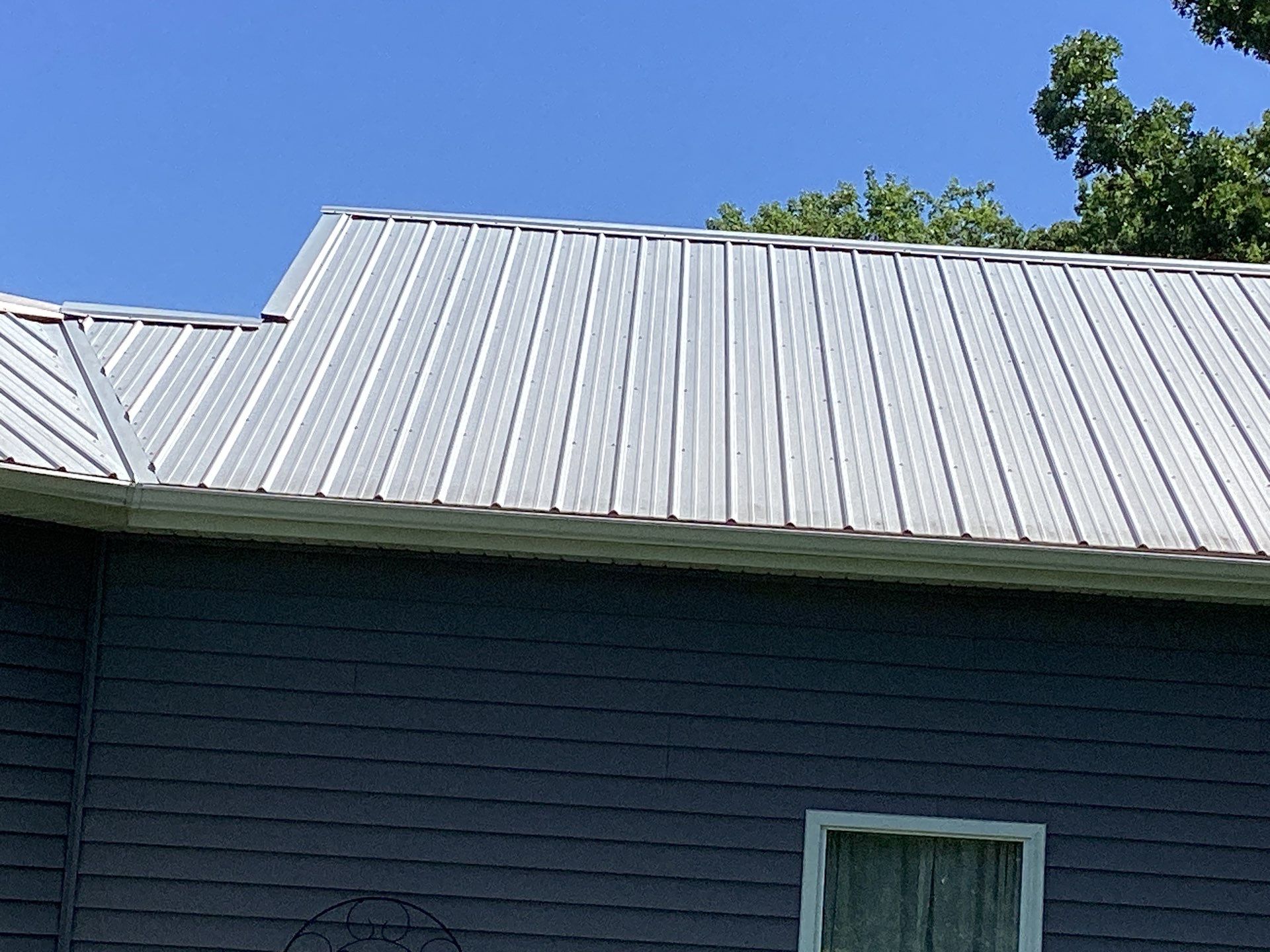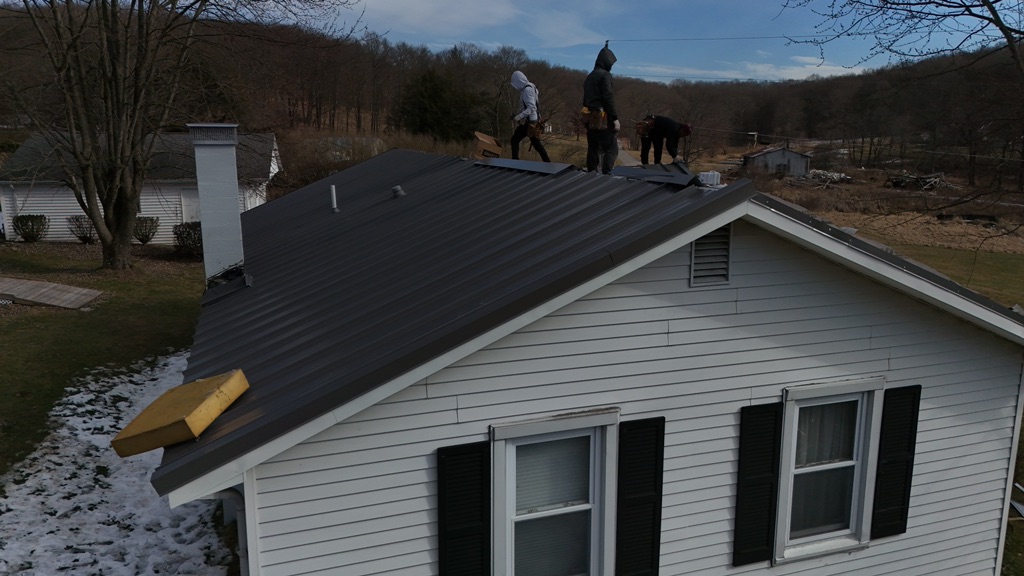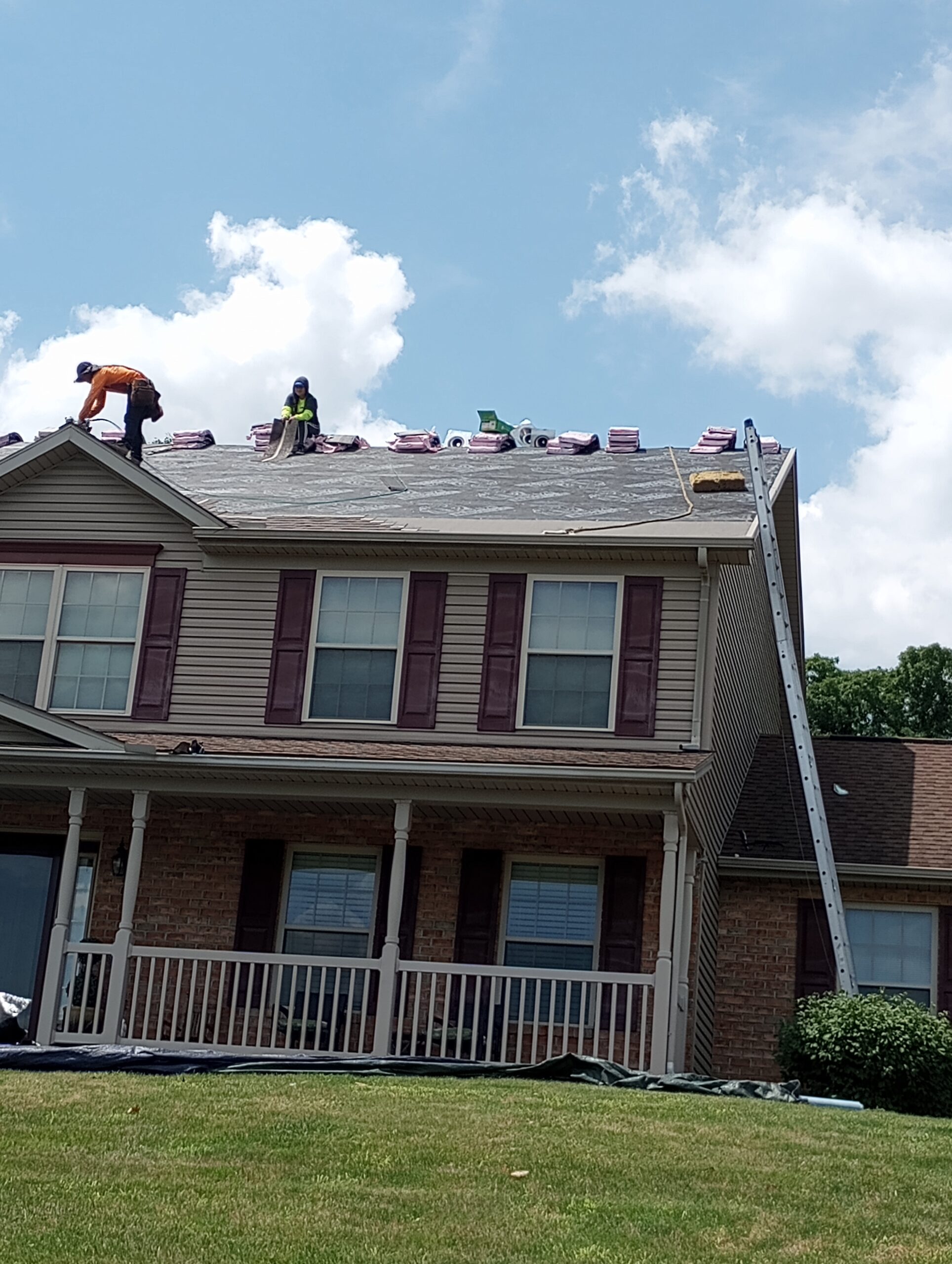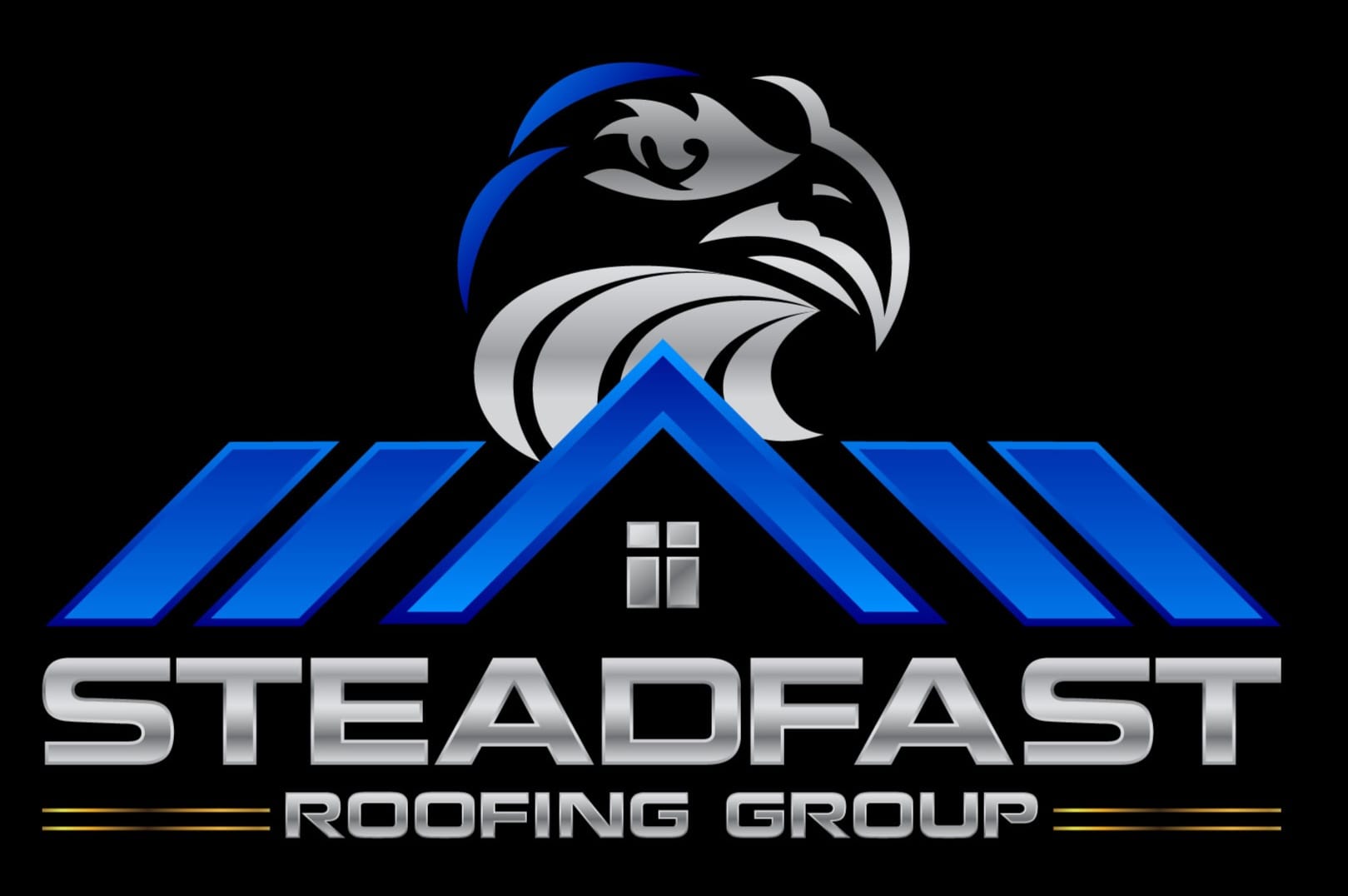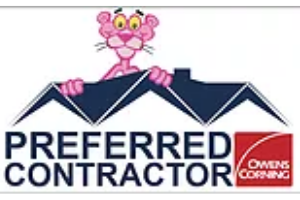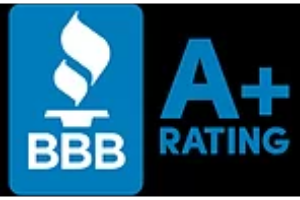The roof of a building plays an important role in the environmental performance and energy efficiency of that structure. Roof slope and orientation can have an effect on the overall flow of air, heat and light through different parts of the building. In this article, we will explore how these elements can be used to optimize Pittsburgh roofs for optimal performance.
Pittsburgh is home to many architectural styles from its early years as an industrial powerhouse to more modern designs today. Due to this variety in design, it is essential for Pittsburghers to understand how their roof’s construction affects its ability to perform in terms of insulation, ventilation, daylighting and solar radiation absorption. Additionally, the city experiences a wide range of weather conditions throughout the year which must also be taken into account when designing or renovating a roof system.
By understanding how roof features like pitch, size, shape and orientation affect Pittsburgh climate conditions, homeowners can make informed decisions about their roof selection while achieving maximum efficiency and performance with minimal effort. The purpose of this paper is to examine how Pittsburgh’s unique environment impacts rooftop optimization strategies so that local residents may maximize their investments while minimizing long-term energy costs and maintenance needs.

Definition Of Roof Slope And Orientation
The roof slope and orientation of a structure can play an essential part in optimizing its performance. Roofs are typically exposed to a wide range of elements, from direct sunlight to heavy rainfall or snowfall, all of which must be taken into consideration when designing the best possible configuration for optimal efficiency. The first step is understanding what these terms mean and how they affect the building’s overall performance.
Roof slope, also known as pitch, is defined as the angle at which a roof rises from its lowest point to its highest point – usually expressed as a ratio between the rise and run length – while orientation describes the direction that it faces relative to other structures in the immediate area. By adjusting either one (or both) of these parameters, it becomes easier to ensure that most weather-related issues are addressed before they become problems. For example, if rainwater accumulation needs to be managed more effectively, then changing the roof’s pitch may reduce runoff during storms; similarly, positioning it differently might improve insulation levels by preventing excessive heat absorption during warmer seasons.
In Pittsburgh specifically, there are numerous considerations when it comes to optimizing rooftops due to extreme seasonal variations in temperature and precipitation levels. With proper design choices such as selecting appropriate materials and making sure that slopes and orientations match local climate conditions, not only will energy costs be reduced but also potential damages caused by harsh weather events could possibly be avoided altogether. Ultimately, this makes roof slope and orientation optimization within residential areas an invaluable tool for achieving improved sustainability outcomes on any type of project in Pittsburgh.
Factors Influencing Roof Slope And Orientation
When optimizing Pittsburgh roof performance, the role of roof slope and orientation is crucial. This article will explore various factors that influence these two components.
The first factor to consider when selecting a roof slope and orientation is climate-related. In areas with more precipitation or winter weather, steeper slopes are often recommended as they allow for quicker water runoff which prevents ponding on the roof surface. Low pitched roofs are best for climates with little precipitation since less wind uplift occurs in comparison to steeply sloped roofs.
An additional factor influencing roof slope and orientation relates to energy efficiency. The angle of the sun should be taken into account when making decisions about how to orientate a rooftop solar panel system or green roofs in order to maximize their effectiveness throughout the year. Additionally, lighter colors can help reflect heat away from the building while darker colors absorb it; thus, depending on location and season, different color choices may need to be made when considering optimal roof performance.
Structural considerations must also be accounted for when determining appropriate slope and orientation of a Pittsburgh rooftop. It’s important to choose materials capable of supporting desired shapes without compromising structural integrity while accounting for any potential load impacts due to snow accumulation or other conditions encountered during seasonal changes in temperature. Taking all these elements into consideration enables architects and engineers alike design an effective structure tailored specifically for its environment with optimized performance outcomes in mind.
Pittsburgh’s Climate And Weather Patterns
Pittsburgh, Pennsylvania is located in the Northeastern United States and has a humid continental climate. The city experiences four distinct seasons with heavy precipitation throughout the year. Summers are generally warm and humid while winters consist of cold temperatures and ample snowfall. This diverse range of weather conditions can have an impact on roof slope and orientation when optimizing performance.
The amount of sunlight received by rooftops is also affected by Pittsburgh’s climate. Due to its northern latitude, it receives less direct sunlight than southern regions around the world, particularly during winter months. Additionally, frequent rainstorms during summer create shade for certain parts of buildings which can decrease solar radiation levels further. These factors must be taken into account when calculating optimal roof slope and orientation given the limited energy resources available in Pittsburgh’s environment.
Finally, wind patterns play an important role in determining how much heat is lost or gained through roofs due to air infiltration or ventilation requirements that depend on direction and speed of prevailing winds. As such, careful consideration must be made regarding the angle at which rooftop surfaces face these gusts in order to minimize energy consumption from heating or cooling operations. By understanding all three elements – temperature, sunshine hours, and wind flow – we can develop more efficient building designs that maximize roof performance under Pittsburgh’s unique climate conditions.
Advantages Of Optimizing Pittsburgh Roof Performance
The advantages of optimizing Pittsburgh roof performance cannot be overstated. As a city with an average annual temperature that is slightly lower than the national average, as well as significant amounts of precipitation throughout the year, Pittsburgh’s climate presents unique challenges when it comes to roofs. Roof slope and orientation play a key role in providing optimal protection from both weather patterns and environmental conditions. By optimizing these elements, homeowners can reduce energy costs associated with heating and cooling their homes while also extending the life of their roofing materials by protecting them from potential damage caused by harsh weather events.
One of the primary benefits of optimizing roof design for Pittsburgh’s climate is increased efficiency through improved insulation value. Properly designed roofs are able to provide better thermal resistance against extreme temperatures due to airtight construction and proper ventilation. This helps keep heated or cooled air inside the home longer, reducing energy consumption and lowering utility bills in the process. In addition, optimized designs help protect building occupants from potentially harmful UV radiation exposure during warmer months while preventing condensation buildup on interior surfaces due to poor ventilation during cold spells.
Optimizing Pittsburgh roof performance not only offers cost savings but also provides structural integrity that can stand up to intense storms more effectively than traditional sloped or flat roofs. For example, steep slopes allow rainwater and snowmelt runoff to quickly escape rather than pool at low points where excessive weight may cause structural collapse or other damages such as leaking ceilings or walls beneath. Likewise, orienting a roof towards prevailing winds allows for greater aerodynamic stability which prevents uplift forces from ripping off shingles or tearing apart flashing components during strong gusts – ultimately resulting in peace of mind for property owners who have invested time and money into maintaining their home’s condition.
By considering all elements related to Pittsburgh’s climate, homeowners can make informed decisions about how best to optimize their roofs for maximum performance without sacrificing aesthetics or comfortability levels within the dwelling space itself. With careful consideration given to factors like slope angle and orientation placement, families across southwestern Pennsylvania can rest assured knowing they are taking steps necessary to maintain their investments well into the future regardless of what Mother Nature throws their way.

Disadvantages Of Improperly Sloped Or Oriented Pittsburgh Roofs
Pittsburgh roofs can be optimized for better performance by taking the slope and orientation into account. However, there are also disadvantages to not properly considering these factors. Poorly sloped or oriented Pittsburgh roofs may lead to a range of issues such as decreased energy efficiency, increased maintenance costs, and ultimately reduced durability.
Regarding energy efficiency, an improperly angled roof will have greater exposure to sunlight resulting in higher levels of heat gain during the warmer months. This increases air conditioning demand which leads to higher energy bills. In addition, if snow accumulates on the slopes it can result in ice dams forming at lower temperatures than normal due to improper insulation and ventilation systems associated with an unsuitable pitch or direction of the roof plane.
In terms of cost savings, poorly pitched roofs require more frequent repairs since water is less likely to run off effectively increasing maintenance demands over time. Furthermore, standing water on flat surfaces promotes faster deterioration from moisture infiltration leading to premature aging and potential structural damages that must be addressed sooner rather than later – further driving up repair expenses.
Without proper consideration given to slope and orientation when constructing a Pittsburgh roof, home owners may face costly consequences down the road in terms of increased energy consumption and pricey upkeeps necessitated by inefficient designs subjecting their structure to harm quicker than expected.
Benefits Of Optimizing Pittsburgh Roof Performance
Optimizing Pittsburgh roof performance involves considering the role of slope and orientation. This is important as it can have both positive and negative effects on a home or building, depending on how well the optimization process is managed. As such, there are several benefits to be gained from properly sloping and orienting one’s Pittsburgh roof:
First, optimized roofs are more aesthetically pleasing than those that lack proper considerations for angle and direction. Properly oriented roofs provide an appealing symmetry when viewed externally, while also helping to ensure rainwater flows away from the building in an efficient manner. Secondly, an optimized Pittsburgh roof ensures adequate ventilation within the attic space which prevents moisture buildup and encourages energy efficiency by reducing heat transfer into or out of the building envelope. Lastly, optimizing a roof helps protect against wind damage due to increased structural strength provided by enhanced bracing systems along with better sealing around windows and other openings.
In addition to these primary advantages of optimizing Pittsburgh roof performance, there are many secondary ones as well. These include improved soundproofing capabilities due to reduced air infiltration points; greater potential for solar panel installation; extended lifespan of roof components through protection from harsh weather conditions; plus savings on maintenance costs due to fewer repairs being necessary over time. All in all, investing time and effort into ensuring your Pittsburgh roof is optimally angled and directed will yield long-term results beneficial to any homeowner or business owner looking to maximize their return on investment.
Challenges Of Optimizing Pittsburgh Roof Performance
The challenge of optimizing Pittsburgh roof performance is not an easy one. When it comes to the role of roof slope and orientation in this process, there are a number of considerations that must be taken into account. For example, when choosing the pitch and orientation for a new roof or retrofitting an existing one, structural integrity and material compatibility are both key concerns. Additionally, climate factors such as local temperature ranges, snowfall amounts, wind speeds, and solar radiation intensity can all have significant impacts on how well the roof performs.
In order to successfully address these challenges while maximizing efficiency and durability, careful calculations will need to be made that take all relevant factors into consideration. Even small variations in dimensions or angles can greatly affect thermal performance – resulting in either increased energy costs or decreased comfort levels inside the home. In addition to ensuring optimal design choices through precise measurements and engineering calculations, proper installation techniques also play an important role in achieving successful outcomes with Pittsburgh roofs.
Consequently, homeowners should thoroughly research their options before making any decisions about materials or design features for their rooftop projects. Working with reputable contractors who specialize in Pittsburgh-area construction practices is often advisable due to their experience dealing with weather conditions specific to this area. Seeking out professional advice from knowledgeable industry experts will help ensure long-term satisfaction with optimized roofing solutions in Pittsburgh’s challenging environment.
Design Considerations For Optimizing Pittsburgh Roof Performance
When designing and constructing a roof for optimal performance in Pittsburgh, there are several crucial design considerations to keep in mind. Chief among them is the slope of the roof as well as its orientation. The appropriate combination of these two factors can have a huge impact on how well the roof performs over time.
The first factor to consider when optimizing Pittsburgh roof performance is slope. This refers to how steep or shallow the angle of the roof is relative to horizontal ground level. Generally speaking, steeper roofs tend to be better at shedding snow and rainwater more efficiently than shallower ones; however, they require more material and labor costs during construction compared to their flatter counterparts.
Likewise, careful consideration must also be taken regarding the orientation of a new rooftop installation in Pittsburgh if one wishes it to perform optimally over time. In this case, ‘orientation’ means which direction the slope faces – eastward towards the morning sun, westward toward evening sunset, north towards cooler climates, or south towards warmer temperatures? Depending on one’s specific needs and goals for their home, understanding what works best with each building’s particular location will help ensure that energy efficiency and cost-savings remain intact throughout its entire lifespan.
In light of all this information then, it is clear that both slope and orientation play essential roles in ensuring optimal long-term performance from any given Pittsburghers rooftop setup. From selecting an ideal angle for water runoff purposes to orienting it correctly so as not to receive too much direct sunlight exposure, paying close attention to such details will go a long way in protecting one’s investment while avoiding costly repairs down the line due to poor initial design choices.
Cost Analysis Of Optimizing Pittsburgh Roof Performance
As it is necessary to consider the cost of optimizing Pittsburgh roof performance, this section will analyze what potential costs are associated with different roof slope and orientation designs. It is important for designers to understand how much money they may need to invest in order to obtain the desired results from their roof design plans.
The first factor that needs to be taken into consideration when assessing the cost of a given roof design plan is the materials used. Different types of material have varying levels of durability, insulation properties, and aesthetic appeal; all of these can influence the total price tag attached to any particular scheme. Additionally, depending on where certain components such as flashings or fasteners are sourced from, there may also be shipping fees added onto the final cost.
In addition to materials costs, labor expenses should also be factored into any budgeting process. Labor costs can vary significantly between contractors due to differences in experience level and geographical location. Designers must take care not only to acquire competitive bids but also ensure that quality workmanship stands behind each bid submitted. Furthermore, if an integrated photovoltaic system is being installed along with other elements of a rooftop project, extra charges might need to be included in the calculations due to specialized skills required by electricians and engineers involved in wiring up PV systems correctly and safely.
Considering both fixed and variable costs helps calculate accurate estimates for projects involving new roofs or renovations of existing ones using various slopes and orientations. Careful attention needs to be paid towards balancing desirable features against available financial resources so that optimal solutions can be achieved without overspending – something which could ultimately reduce returns on investment down the line.
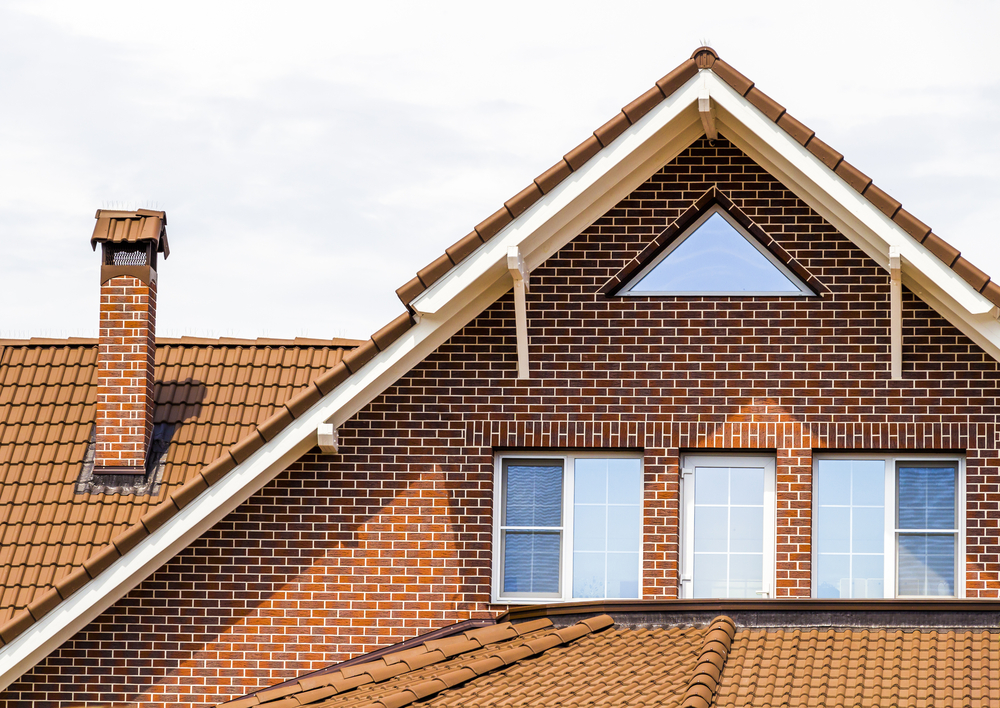
Overall Recommendations For Optimizing Pittsburgh Roof Performance
When it comes to optimizing Pittsburgh roof performance, the role of slope and orientation is critical. As such, comprehensive cost analysis must be conducted in order to determine the most effective measures for achieving maximum efficiency. This article focuses on offering overall recommendations based on this research that can help guide decision-making processes when it comes to improving roofing performance.
An important consideration in determining optimal roof slope and orientation is climate conditions specific to Pittsburgh. The combination of cold winters and hot summers means design strategies should focus on providing adequate insulation while also allowing sufficient air flow during summer months. Additionally, due to a large amount of overcast days throughout the year, there needs to be an emphasis placed on ensuring roofs are oriented in ways that capture as much direct sunlight as possible during peak hours.
In conclusion, careful attention must be paid to both roof slop and orientation when attempting to optimize Pittsburgh roof performance. Design considerations should account for local climatic conditions while taking into account short-term economic costs versus long-term energy savings associated with implementing various strategies related to angle optimization or other modifications. Ultimately, proper implementation of these approaches has the potential not only lead improved efficiency but also provide substantial financial benefits over time.

